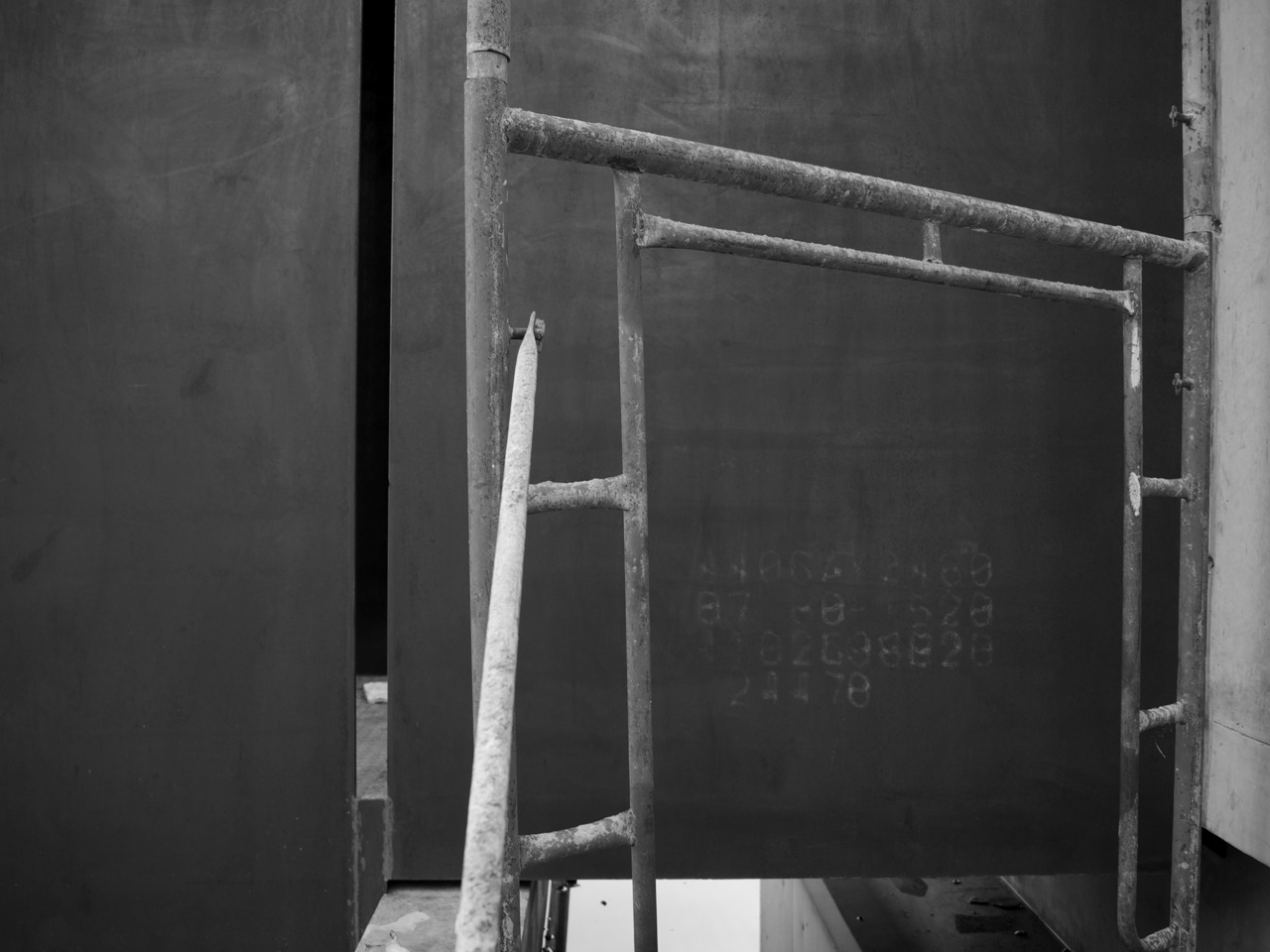
I love exploring abandoned buildings, especially old derelict houses.
Stepping into them is like walking through a time portal. The furniture, books and personal belongings that lie covered in dust, half eaten by insects, and strewn across the floor as if a tornado ripped through the house fuels the imagination of what it felt like living in that house during its most prosperous era.
Those very same items also left an unanswered question to explorers, and perhaps the same question asked by the house, towards its forgotten owners - why did they abandoned the place? Properties are always considered as investments and a property owner would not abandon such huge investments without making a profit out of it first. There a a many reasons why buildings are abandoned, but to make a relevant connection to the local environment, it could be narrowed down to a few reasons such as, eviction due to bankruptcy, death of the remaining occupant, and migration of the occupants to a different country. However, there is also a special and rare reason why buildings are abandoned, which is the instruction of the government to relocate the occupants to newer settlements.
So how do the photographs in this post relate to anything written above? Obviously, the photographs show case a new, beautifully crafted building under construction. It is still unoccupied except for the builders that constructed this building.
A building under construction is like a reversed ruin. The unfinished plaster and paint, empty door frames awaiting for their matching door panels, the raw connection between columns and beams, and bits and pieces of ceiling panels, timber, and aluminium hanging from the edges, are scenes similar to that of an abandoned place. The only differences are that the materials are new and being installed rather than being old materials that are stolen by thieves to make a quick buck.
Also, a building under construction also provides fuel to the imagination of future occupants or visitors. People could imagine how they would experience the spatial and physical qualities of the building before moving in. Further to that, some would even go as far as imagining how they could improve the building in their own unique and creative requirements. Sometimes, this level of imagination is a result of the dull and bland design of the building and most of the time the juxtaposition of bland design and blind creativity would result in a horrible mess.
What I love about this building is the play between the industrial elements of raw concrete and steel to create a design with a strong, imposing presence to passer-bys but at the same time provides a light and delicate experience to the occupants. The usage of exposed bricks around the building counters the hard and cold industrial materials by softening and providing warmth to the spaces.
I like the design of this building but I may never get a chance to step into it once it completed which is a shame as I would love to see if there are traces of my imagination that has been turned into reality.
You know what the funny part is? Up to today, I have no idea what is the name and function of this building. My educated guess would be an office building but that would be as far as I would go. So, please, let it be something more creative.


















Camera: Olympus OMD E-M10
Lens: M.Zuiko Digital ED 14-42mm f3.5-5.6
Comments
Post a Comment